
- Home
- Online auctions
-
Ended auctions
- Coins & Medals
- Philately
- Antiquities
- Old Masters
- Jewellery, Silver, Watches
- Ancient and Modern Glyptic
- Ceramics
- Antiques
- Modern & Contemporary Art
- 20th Century Design and Decorative Arts
- Prints and Multiples
- Asian and Tribal Art
- Photography
- Medieval Art
- Ancient Frames
- Fashion, Textiles & Luxury
- Books, Autographs and Memorabilia
- Wines and spirits
- Oddities, Curiosities & Wonders
- Info
- Live Auction
- Home
- Auction 107
- 214 A fine roman moss agate intaglio set in a gilded frame. ...
Lot 214 - Auction 107
Description
1st - 2nd A.D.
Stone 23 x 30 mm, with mounting 26 x 34 mm; 7,67 gr.
After an abundant harvest Oineo had offered a sacrifice to all the gods but forgot to honor Artemis, who in retaliation sent a boar of enormous proportions to the lands of Calydon which devastated the fields and killed anyone who came out of the city walls. To kill the animal, the father appealed to many heroes and once gathered the group entrusted them to his son Meleager who started the hunt. Among them also appeared Atalanta, a beautiful huntress who infatuated Meleager. The boar wounded by an arrow is then killed by Meleager with the spear. The scene is inspired by mosaics and by some scenes carved on the marble sarcophagi (Roma, Musei Capitolini; Galleria Doria Pamphili; ). In this extraordinary intaglio, engraved on a large moss agate, a naked youth with a cloack attacks a boar in a cane thicket, with his spear. Rocky ground. The young man is to be identified with Meleager. The hero is naked and wears only a cloak that flutters in the air for his dynamic hunting movement. The legs are well divaricated in the classic pose taken from greek art, and the strong arms mercilessly sink the spear, to kill the beast. The wild boar is large and muscular, characterized by an almost prickly shaggy coat. The naturalism of its rendering makes it expressive and almost alive, both in the movement and in its feral charge. The animal emerges from a cane thicket on a rocky and hostile ground. At the hero's feet, a poppy flower, symbol of the underworld and prelude to his death. The intaglio is performed with great art and technical mastery. The choice of this extraordinary variety of stone matches perfectly with the scene, and the various macules and inclusions symbolize its details. Above, clear cerulean inclusions symbolize the sky, the green inclusions the vegetation, the beautiful red inclusion (similar to jasper) looks like a blood curtain that dyes the killing scene. The edge has small chips, the back a slight crack. The gem has a convex surface, with signs of wear, and is mounted in an old chiseled frame from the 18th / 19th century, likely a central pendant of a necklace. On the back of the metal edge, traces of welding for ancient repairs of the chain rings / hooks, missing. The subject seems to have subsequently inspired a second intaglio but in chalcedony, probably to be attributed to Natter (with variants, for example without the poppy flower). The sources record the existence of another (lost) intaglio in nicolo (broken?) with the same scene. Parallel: AGDS Munchen, vol. 2 n. 880 for the boar with the plants. See also J. Boardman, J. Kagan, C. Wagner, Natter's Museum Britannicum, n. 388 for a very close depiction: "chez Mons. Le comte de Sizdome acheté a Rome, fait en deux, mais rejoint. Gravée dans un nicolo - Meleager tue le sanglier". Once Louis, Duc de Blacas d'Aulps. Cf. Chalcedony intaglio, possibly Natter's copy, Leiden, RMO GS-10369.
Provenance: english private collection, from the London art market 1990s.
Please use the registration form to send us your participation request, or, if you are already registered and authorized, use the login box on the top.
For any information please contact info@bertolamifineart.com
 Respecting your privacy is our priority
Respecting your privacy is our priority
This site uses cookies to improve user experience and to collect information on the use of the site. There are also cookies that can be used for the selection of personalized advertisements and promotional content. You can read our cookie policy, accept all cookies and continue browsing by clicking on "Accept" or customize your choice by clicking on "Customize".
Cookie Policy
Cookies
To make this site work properly, we sometimes install small data files called "cookies " on your device. Most of the big sites do the same.
What are cookies?
A cookie is a small text file that websites save on your computer or mobile device while you visit them. Thanks to cookies, the site remembers your actions and preferences (for example login, language, font size and other display settings) so that you do not have to re-enter them when you return to the site or browse from one page to another.
How do we use cookies?
Third party cookies
Google Analytics
This site uses Google Analytics to collect information about the use of users of its website. Google Analytics generates statistical and other information through cookies, stored on users' computers. The information generated relating to our website is used to make reports on the use of websites. Googl
How to control and modify cookies?
You can modify or withdraw your consent at any time from the cookie declaration on our website.
Privacy Policy
Find out more about who we are, how you can contact us and how we process personal data in our privacy policy .
The necessary cookies help to make the website usable by enabling basic functions such as page navigation and access to protected areas of the site. The website cannot function properly without these cookies.
| Name | Supplier | Purpose | Expiry |
|---|---|---|---|
| cookieConsent | Bid Inside | Stores the user's cookie consent status for the current domain | 6 months |
| PHPSESSID | Bid Inside | Preserve the user's status in the different pages of the site. | When the browsing session ends |
| f_display | Bid Inside | The f_display cookies memorize the display mode chosen by the user in the pages where there are lists | When the browsing session ends |
| f_page | Bid Inside | The f_page cookies store the page viewed by the user in the pages where there are lists | When the browsing session ends |
| f_rec_page | Bid Inside | The f_rec_page cookies store the number of elements to be displayed per page chosen by the user in the pages in which there are lists | When the browsing session ends |
| f_order_by | Bid Inside | The f_order_by cookies store the sorting parameter selected by the user in the pages where there are lists | When the browsing session ends |
| f_order_dir | Bid Inside | The f_order_dir cookies store the ordering direction chosen by the user in the pages where there are lists | When the browsing session ends |
| watch_list_show_imgs | Bid Inside | The watch_list_show_imgs cookie stores the user's choice to show or hide lot images on the watch list page | When the browsing session ends |
| selected_voice | Bid Inside | The selected_voice cookie stores the voice selected by the user for the speech synthesis present in the live auction | 1 Month |
| include_autobids | Bid Inside | The include_autobids cookie stores the user's choice to show or hide their auto-bids on the 'Your bids' page | 6 months |
Analytical cookies help to understand how visitors interact with the website, collecting and transmitting statistical information to the Data Controller.
| Name | Supplier | Purpose | Expiry |
|---|---|---|---|
| _ga | Register a unique ID used to generate statistical data on how the visitor uses the website. | 2 years | |
| _gat_gtag | Used by Google Analytics to limit the frequency of requests | 1 day | |
| _gat | Used by Google Analytics to limit the frequency of requests | 1 day | |
| _gid | Register a unique ID used to generate statistical data on how the visitor uses the website. | 1 day | |
| __utma | Bid Inside | Used to distinguish users and sessions. The cookie is created when the javascript library executes and no existing __utma cookies exists. The cookie is updated every time data is sent to Google Analytics. | 2 years |
| __utmt | Bid Inside | Used to throttle request rate. | 10 minutes |
| __utmb | Bid Inside | Used to determine new sessions/visits. The cookie is created when the javascript library executes and no existing __utmb cookies exists. The cookie is updated every time data is sent to Google Analytics. | 30 minutes |
| __utmc | Bid Inside | Not used in ga.js. Set for interoperability with urchin.js. Historically, this cookie operated in conjunction with the __utmb cookie to determine whether the user was in a new session/visit. | When the browsing session ends |
| __utmz | Bid Inside | Stores the traffic source or campaign that explains how the user reached your site. The cookie is created when the javascript library executes and is updated every time data is sent to Google Analytics. | 6 months |
| __utmv | Bid Inside | Used to store visitor-level custom variable data. This cookie is created when a developer uses the _setCustomVar method with a visitor level custom variable. This cookie was also used for the deprecated _setVar method. The cookie is updated every time data is sent to Google Analytics. | 2 years |
Preference technical cookies allow a website to remember information that affects the way the site behaves or presents itself, such as your preferred language or the region you are in.
We do not use cookies of this type.Profiling cookies are used for marketing purposes, to monitor website visitors. The intent is to display relevant and engaging ads for the individual user.
| Name | Supplier | Purpose | Expiry |
|---|---|---|---|
| _fbp | Facebook Pixel, targeting and advertising cookie. This cookie allows us to show our advertising to people who have already visited our website, when they are on Facebook or on a digital platform supported by Facebook Advertising. | 6 months | |
Unclassified cookies are cookies that are being classified, together with individual cookie providers.
We do not use cookies of this type.



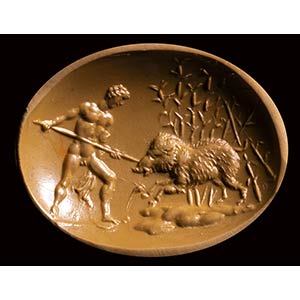
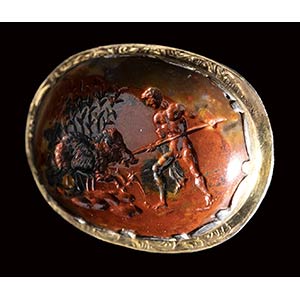

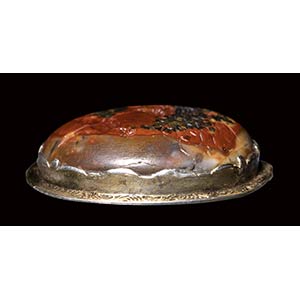

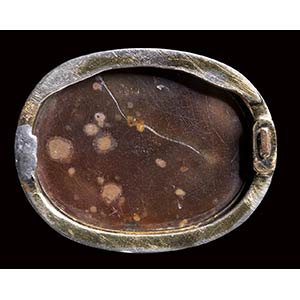

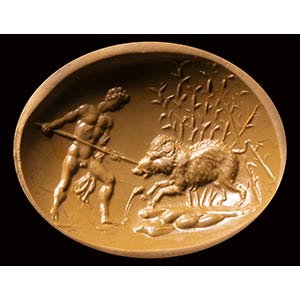

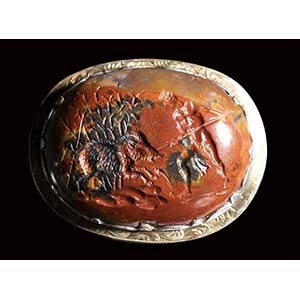

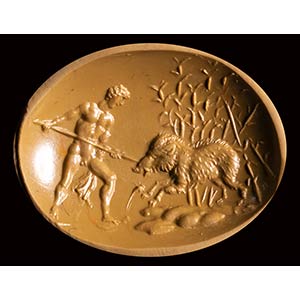
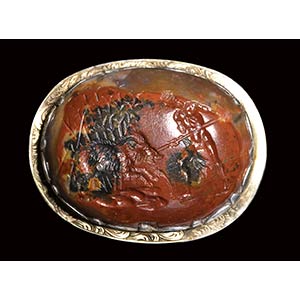
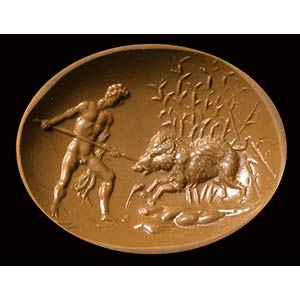


 215
215